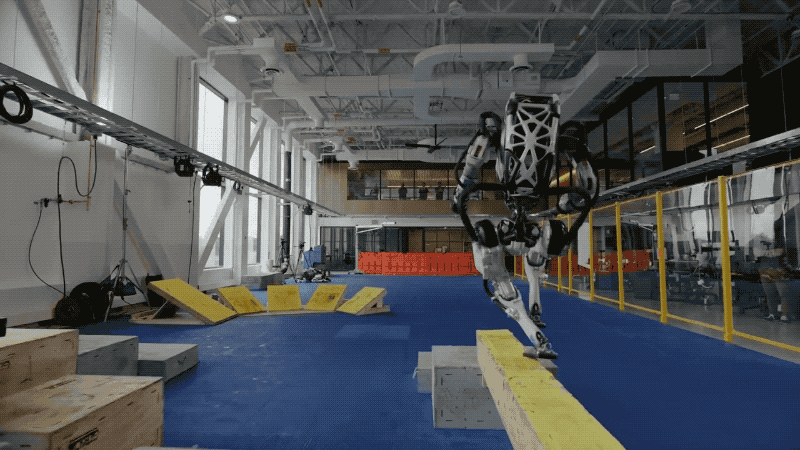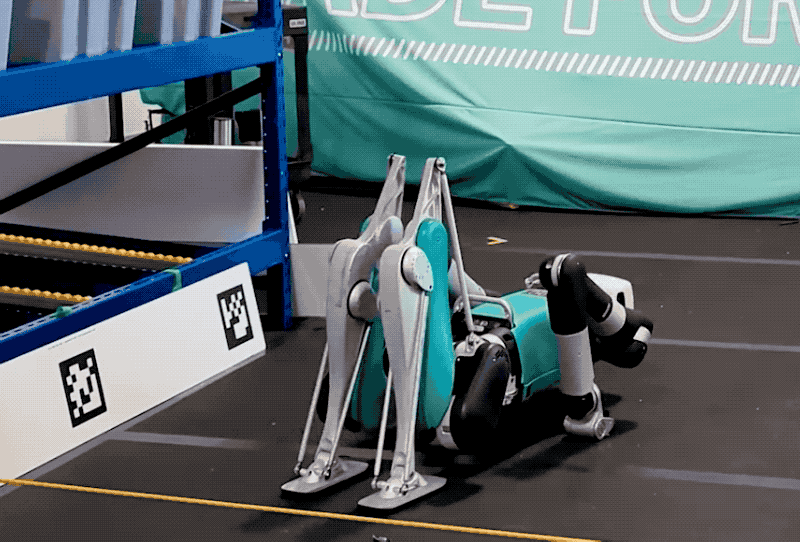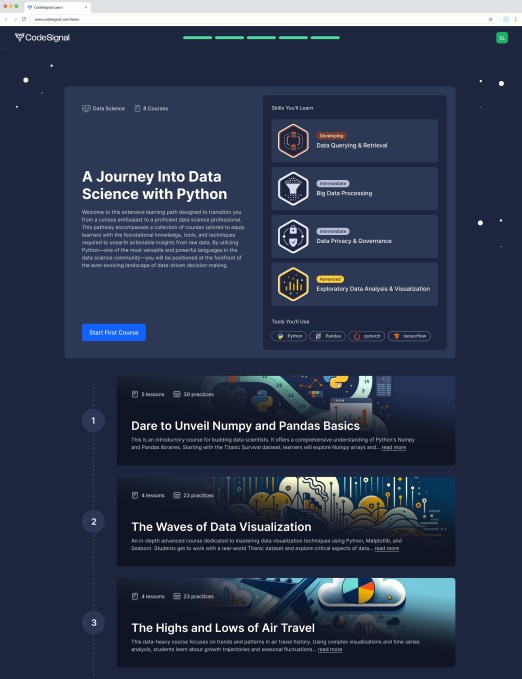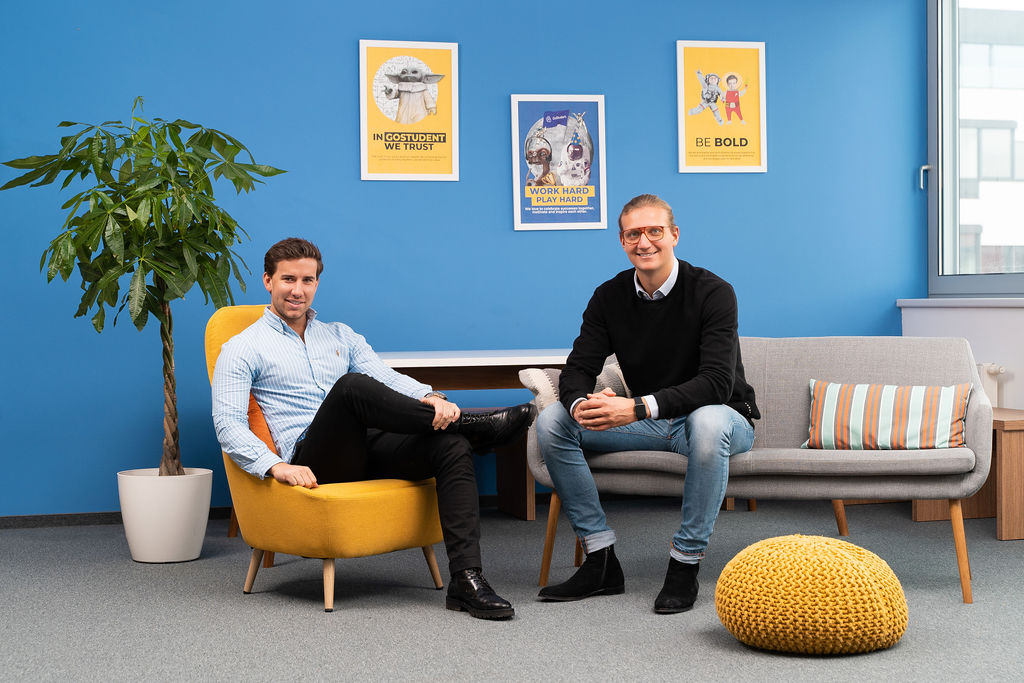
A refurbished third-generation Nest Learning Thermostat was one of the first things I picked up upon moving into my first house last month. As a longtime New York City apartment dweller, I’d largely observed the device from afar, wondering how a thermostat of all things became foundational to Google’s hardware play.
My timing could have been better, of course, with the fourth-gen device just now launching. But as a financial adviser told me before I settled on this place, “the best time to buy a house is last year.” If you sit and wait for the perfect moment, you’ll be sitting and waiting forever.
During this especially brutal summer, I’ve come to appreciate a lot about the Nest — though buying one used on eBay wasn’t the smartest, as the thing could never stay connected to Wi-Fi. Aside from access to central air, the greatest thing that the installation afforded me is confidence.
Live in an apartment long enough, and you’ll begin to doubt yourself when it comes to even the simplest tasks. On one particularly sweltering mid-July afternoon, however, I flipped off the house’s power, removed the ancient digital thermostat and wired up the Nest. The only thing more surprising than me not putting myself in the hospital was the fact that it worked (Wi-Fi glitches aside).
After the thermostat, I undertook a few other small wiring tasks and — as you can probably guess reading this — did not kill myself. When the new Nest arrived at my front door, I unboxed it and had it up and running in a few minutes. Again, still alive. Your mileage will vary, of course, depending on several factors, including your HVAC system’s compatibility.
For me, it was as simple as cutting off power, popping off the old face, disconnecting the wires, swapping out wall plates and popping the new model in. The Google Home app walks you through the relevant steps. After connecting to your house Wi-Fi (it worked this time, thankfully), it’s ready to go.

The fourth-gen model does have one extra step, as it ships with a second sensor. The pebble-shaped accessory can be placed on a flat surface or attached to the wall anywhere in the house away from the thermostat. The more you add, the better idea the Nest has of overall temperature. It’s a nice in-box addition, and you can always add more as needed. My place is small, so I should be good with the one.
The new thermostat also has a picture of what the weather is like outside. This, coupled with the device’s onboard sensor and any other secondary sensors, informs the system’s goal of achieving the user’s preferences without wasting electricity. Google gives the following examples: “If it’s a sunny winter day and your home gets warmer on its own, it will pause heating. Or, on a humid day, the indoor temperature may feel warmer than intended, so the thermostat will adjust accordingly.”
That’s essentially the heart of the Nest Learning Thermostat. The system utilizes AI to analyze the data it collects. From there, it follows your patterns and adjusts to fall within your temperature comfort spectrum — hence the “Learning” part of the name. It’s impossible to give the Nest a full review at this early stage, as proof of efficacy is only borne out over time.
Beyond ease of installation and use, one thing I absolutely can say right out of the box is that — much like its predecessors — it’s a great-looking piece of hardware. I suspect that prior to the first Nest Thermostat’s arrival in 2011, few homes gave much thought to how their thermostats looked. It’s not a coincidence that two of Nest’s founders came from Apple. The startup effectively made the iPod of thermostats, right down to the scrolling navigation.

The new model’s 2.7-inch display is 60% larger than its predecessor’s, now stretching edge to edge. In fact, the screen is larger than the base, creating a kind of mushroom shape when viewed from the side. Google gets more use out of the new curved display, utilizing a proximity sensor to note when someone is in the area and displaying a range of different faces, including different clocks, the weather or just your standard thermostat info.
The thermostat is the first thing one sees upon entering my new house. It’s right there on the opposite wall and, for better or worse, it immediately draws the eye. It’s a good spot for a display that showcases additional information. It’s not a smart display by any means, but the additional info is a nice touch for anyone passing by who isn’t obsessed with the indoor temperature.
The Nest Learning Thermostat remains a beautiful piece of industrial design, with some fresh twists that help it more seamlessly blend in with other smart home devices and the home in general. Speaking of twists, the company has maintained the rotating interface, with the tactile clicks that drew many to the line in the first place.

Google is hoping to reinvigorate its smart home offerings for the age of generative AI-powered assistants, so it might as well have returned to the device that started it all. The fourth-generation thermostat perhaps isn’t exactly the sort of top-down reinvention one might have hoped for after nine years between devices. But then, despite an influx of competition in the smart thermostat segment, the previous model continued to hold its own.
It’s a $280 device, which is admittedly a big investment for a product few thought much about a decade ago. But it won’t be coming off my wall anytime soon.







